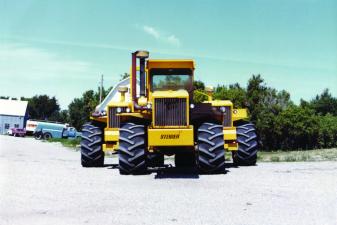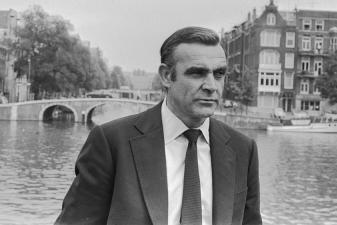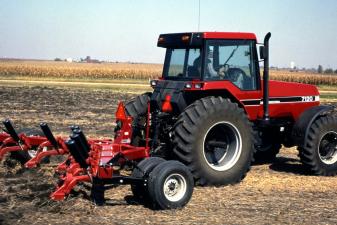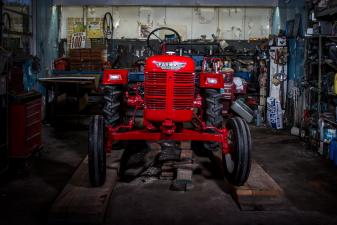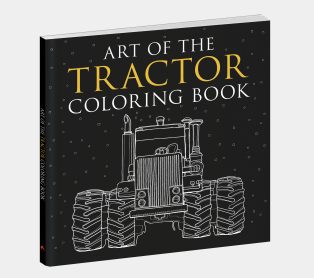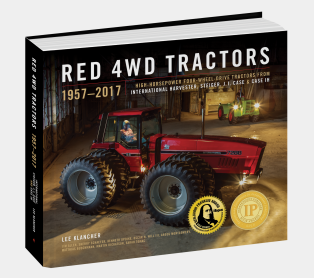John Deere Tractor Studio

The following narrative gives a glimpse into the orchestration of a thirty-plus tractor photoshoot in a single, closed-environment studio. Photographer and author Lee Klancher and the father-son duo of Walter and Bruce Keller (owners of the Keller Collection in Brillion, Wisconsin), along with five assistants, worked tirelessly to produce The Art of the John Deere Tractor. This book features seamless studio-shot original photography of over thirty of your favorite tractors in full and detailed view. The Art of the John Deere Tractor is available in both hardback and paperback.
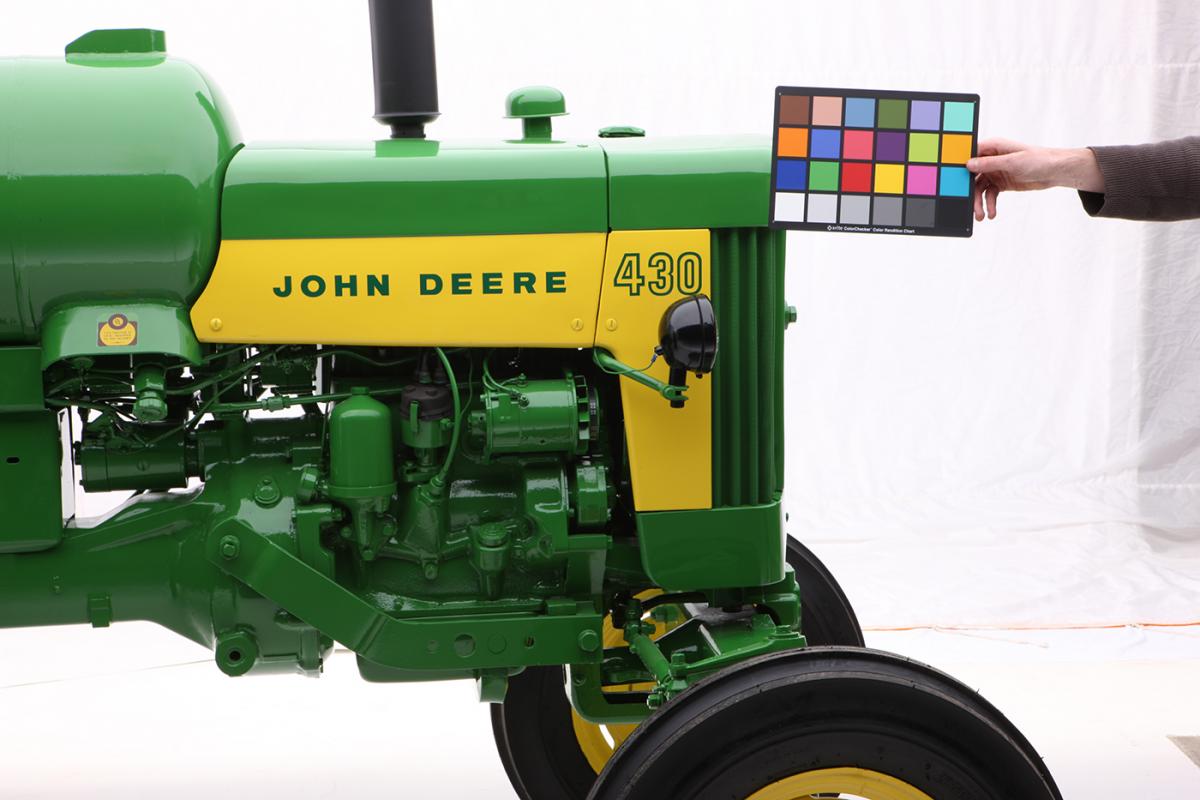
Creating The Art of the John Deere required a perfect storm of factors. The mission was to photograph a wide variety of John Deere tractors in a studio big enough to fit them all. We considered renting a studio for the job, and found one in Appleton, Wisconsin, that would be large enough. The problem was, we would have to transport roughly 40 machines to the site, which would be both expensive and time-consuming. Scratch that plan.
What we found was that by shooting at the Keller Collection (which would become our chosen studio) in Brillion, Wisconsin, we would have access to enough machinery to make a great book and a space in which we could construct a studio. The Keller Collection in Brillion, Wisconsin, is one of the few places in the world with a collection large enough to comprise an entire book, and a space big enough to build a studio that could handle farm tractors. The collection of valuable machines is owned by Walter and Bruce Keller. The father-son duo has more than 620 tractors, with more than 400 of those John Deeres. The son, Bruce, runs a commercial construction business, and we worked closely together to build the studio to photograph his tractors.
Bruce and I determined that the studio could be built inside a closed building with minimal outside light sources and ample power. The largest of the machines, the Model 8010, was 18 feet long and more than 11 feet high. After careful calculation, I determined that a 20x30-foot floor space would be big enough for the 8010. The walls would be 16 feet high, allowing us to photograph the big machine as well as about 30 others.
The crew consisted of myself, Bruce Keller, and seven others. Walter was in and out, providing commentary on the machines. A videographer and second photographer (Josh Kufahl) and editorial assistant (Joseph Holschuh) were hired to keep the shoot running smoothly. Tom Gerhartz, Marv Bohrtz, and Mike Majeski were hired to move, wash, and detail the tractors. All of us would work together to construct the studio.

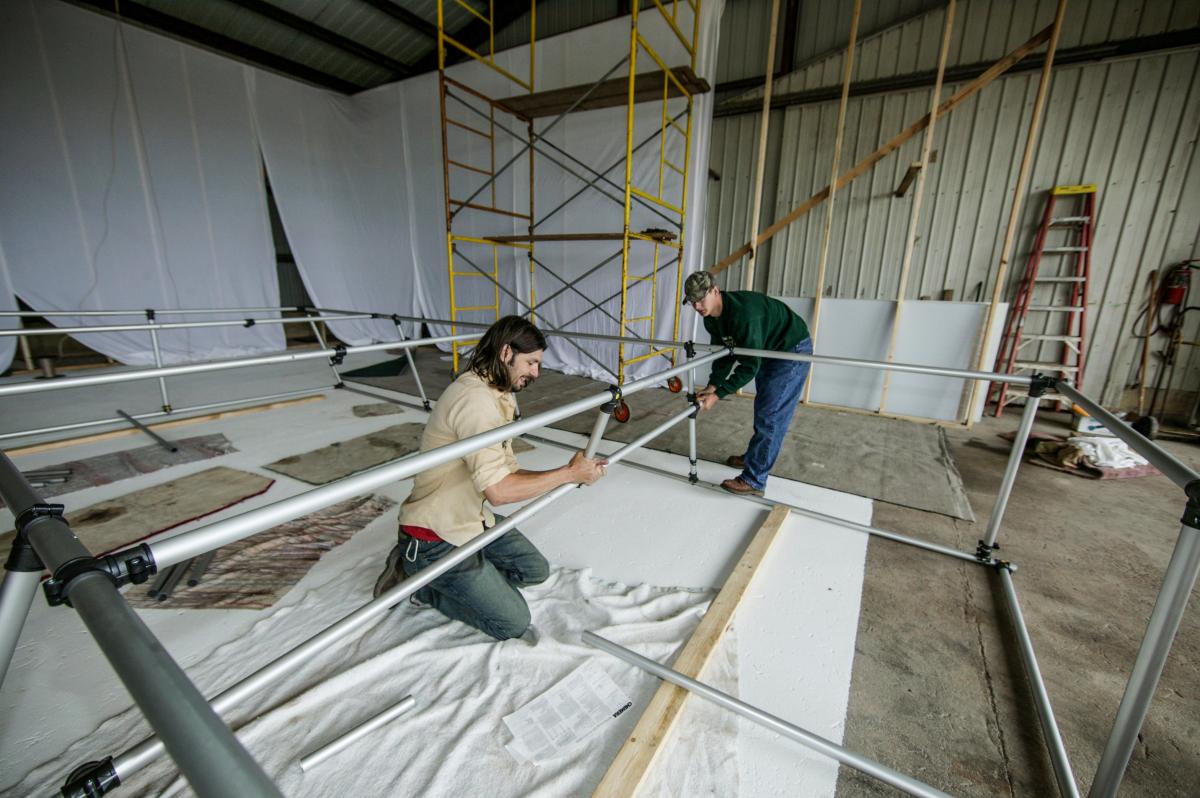
Here is a time lapse video showing the studio and light being set up.
Lighting the machines properly required a large, overhead source of direct, even light. The best choice for a light modifier was the Chimera 10x20-foot F2 light bank. This large soft box uses two layers of translucent silk to soften the light. You can also (as we did) bounce the light off the inside cover of the top of the box. The result is even light on a vehicle that provides gorgeous highlights on the top curves and casts enough soft light on the entire subject to require only minimal bounce card fill. The result is beautiful studio images.
The large box was key, as it made the reflections on the machine clean and seamless. Post-production work was minimal—the highlights were nearly perfect as shot.
We powered our 10x20-foot light bank with eight Speedotron heads powered by two 4803 strobe packs. The result was even light that was incredibly powerful. When I metered the first shoot, which had the box about eight feet off the ground (set for the shorter machines), the light read F20 @ 1/200th at the top of the stack of the tractor and F16 at the bottom of the scene. The meter actually read F16 under the tractor, as the light bounced off the floor with considerable strength. The exposure range was similar with even the largest tractors under the box.
The 10x20 bank we used was the transportable model. Heavier versions are available for permanent studio use. Our bank weighed about 150 pounds without lights, making it easy to lift into place.
The box is easily transportable, and folds down into three large duffel bags. We used the older generation box, which is set up with tools. Construction required several hours of work by four people. Chimera has since changed the design, and the new model can be set up with two people in less than two hours. The new version of the box is priced at $9,900, and available direct from Chimera.

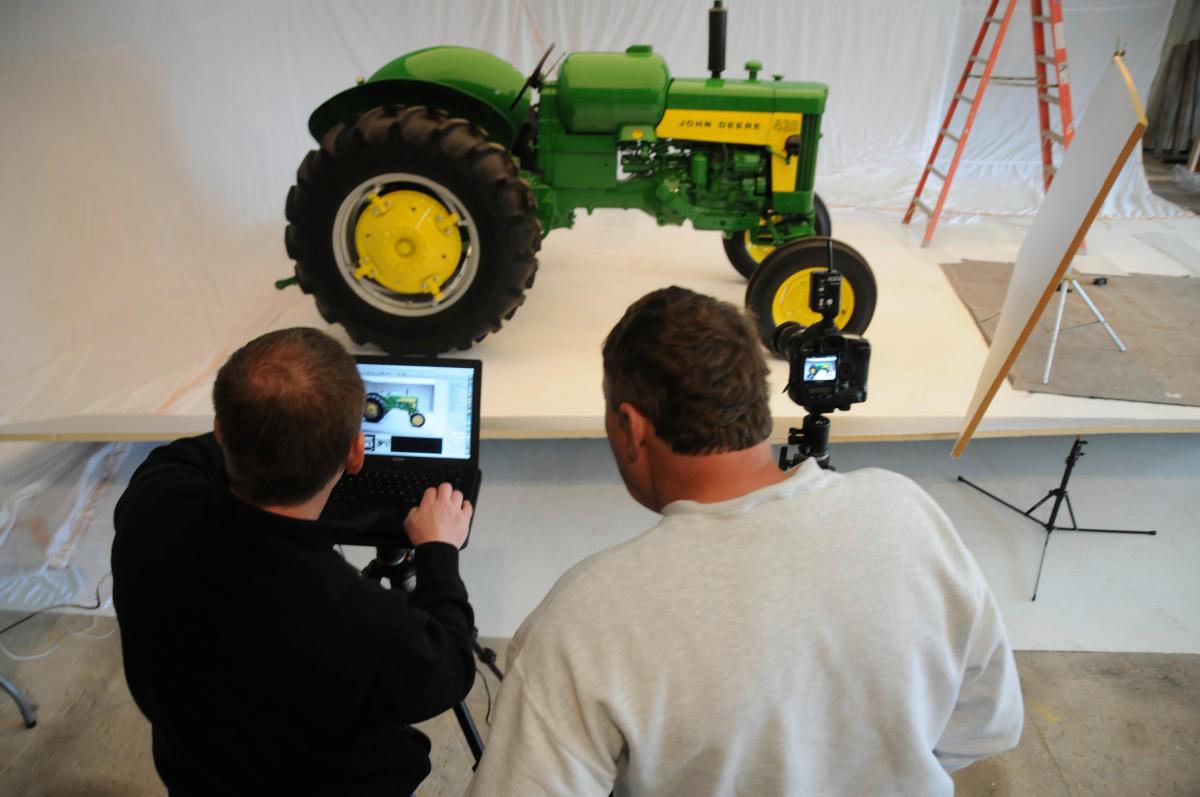
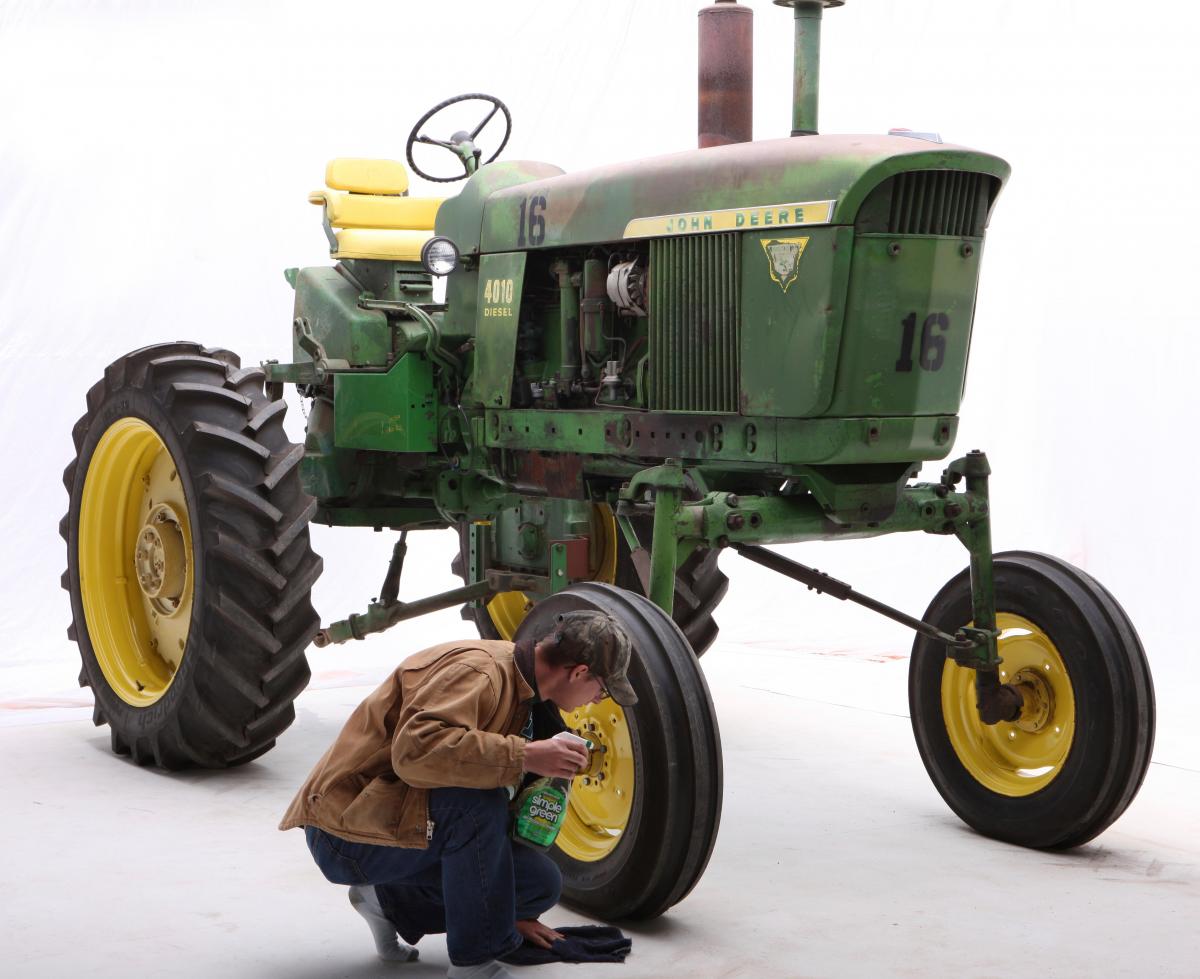
Photos by Lee Klancher. Photos of Lee Klancher at work by Josh Kufahl.
See the final product at: The Art of the John Deere Tractor.
Thanks for reading! To show our gratitude to our dedicated readers, we offer a $10 discount coupon, redeemable on any product on our website, courtesy of Octane Press. Coupon code: DEERE17


